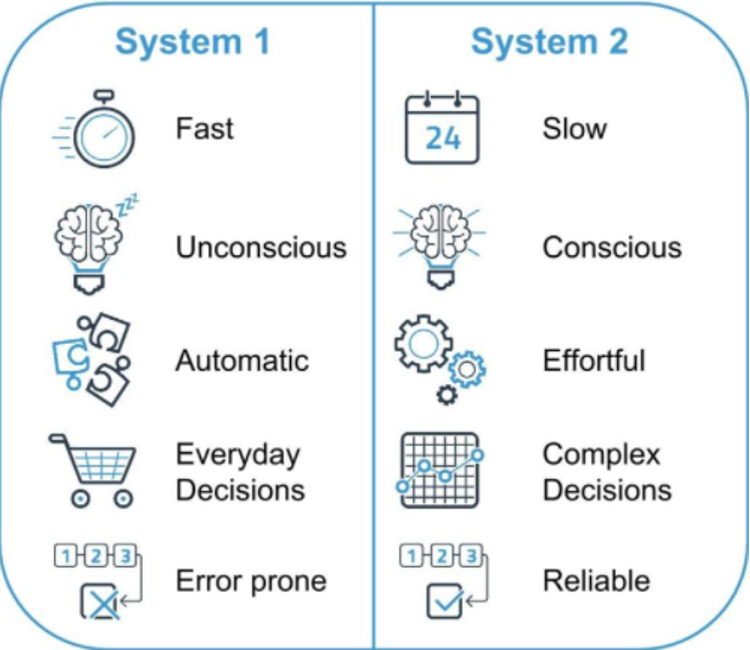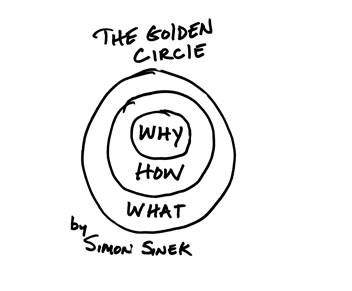As talent manager or business leader, your role goes beyond just filling positions; it’s about cultivating a workforce that not only meets the current needs of the organization but propels it into a future of sustained success.
Imagine if your organization had a unique narrative, a talent story that not only attracts the best minds but also retains and nurtures them. It’s time to move beyond traditional HR practices and delve into the realm of strategic talent storytelling. Your organization’s success hinges on its ability to create an engaging and magnetic talent story that resonates with both current and potential employees.
EXAMPLES OF CHOICES TO MAKE IN CREATING YOUR TALENT STORY
1. “Defining Career Tenure: Guided or Self-Determined?”
In the quest to build a compelling talent story, organizations often find themselves at a crossroads regarding career tenure. Are you inclined towards setting minimum and maximum periods for employees in a particular role, guiding their career paths? Or do you believe in empowering individuals to decide the duration of their stay in a position, fostering a culture of self-determination? The choice you make here shapes not only your talent strategy but also the narrative you weave for potential recruits.
2. “People Management Allocation: Striking the Right Balance”
Leadership is a cornerstone of organizational success, and the allocation of time for people management is a critical decision. Should leaders dedicate approximately 30%, 50%, or even 80% of their time to people management? Striking the right balance ensures that leaders are not only steering the ship but also actively investing in the growth and well-being of their teams. The proportion you choose speaks volumes about your organizational values and priorities.
3. “Recognizing Career Moves: Horizontal or Vertical Progression?”
Acknowledging and appreciating employee career moves is integral to a robust talent story. Talent managers and business leaders, do you place extra value on individuals when they take on different roles, irrespective of hierarchy (horizontal progression)? Or do you reserve special recognition only for vertical career advancements? This choice not only influences employee motivation but also defines the culture of growth and recognition within your organization.
4. “Project Dynamics: External Consultants or Internal Investment?”
In undertaking new projects, a pivotal decision arises: Is it more advantageous to bring in external consultants, fostering a cross-pollination of knowledge and skills, with the intent of building internal competencies over time? Or should the focus be on investing in internal team members who demonstrate keen interest and motivation to acquire the necessary knowledge, providing them with prospects and learning opportunities? This choice not only influences project outcomes but shapes the culture of skill development within your organization.
Being a Talent manager or business leader, the power to shape a compelling talent narrative lies in your hands. As you embark on this journey, remember that a well-crafted talent story is not just a recruitment tool; it’s a roadmap to organizational success.

















